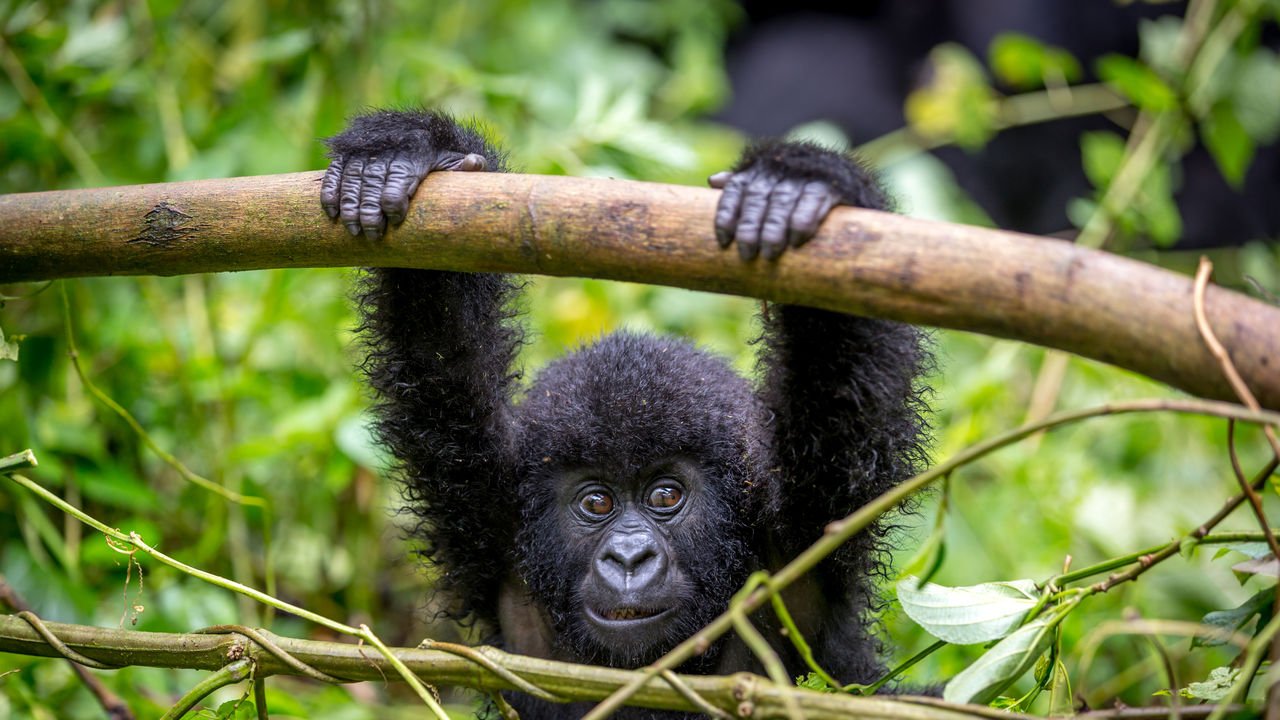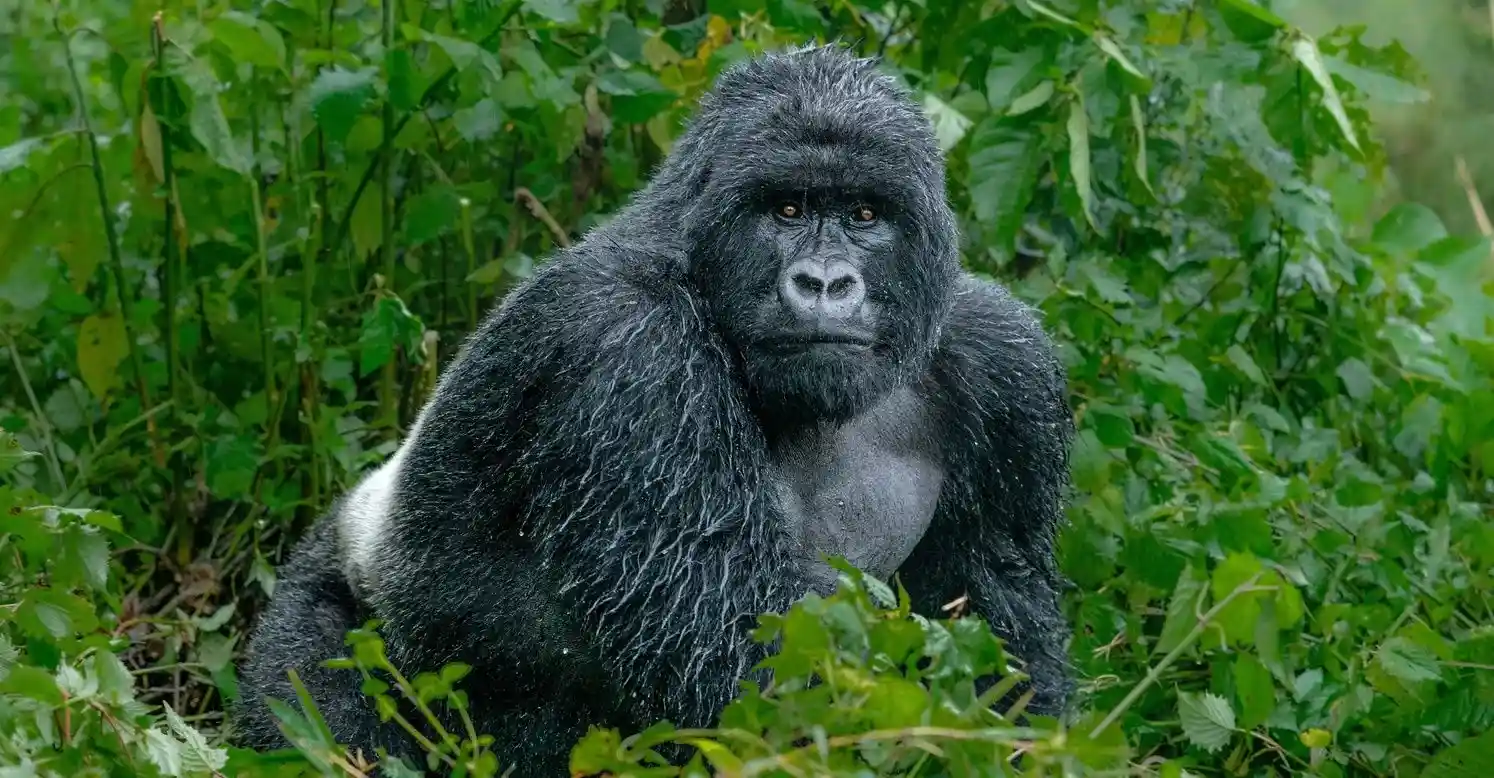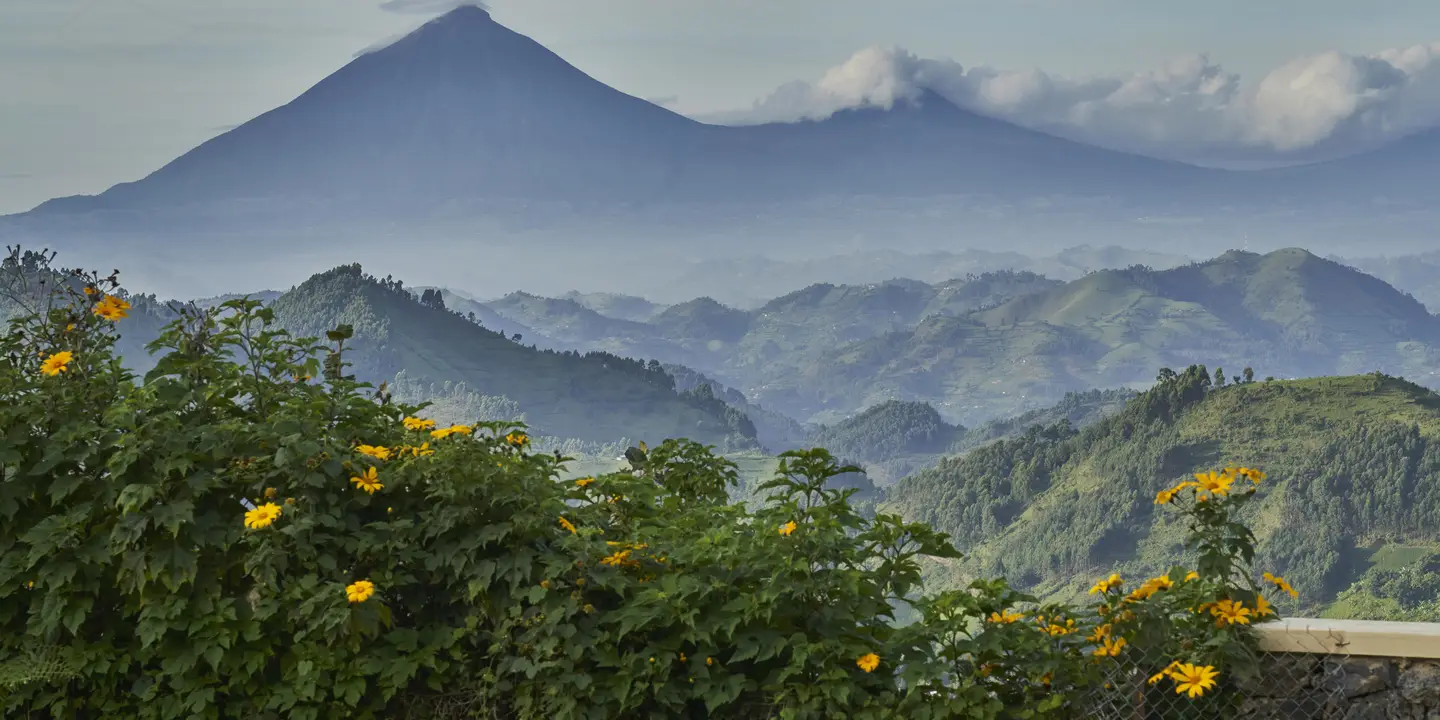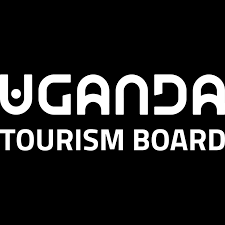Rwanda vs Uganda Gorilla Trekking
Which Country Is Best For Gorilla Trekking?
Gorilla trekking is one of the most exciting and meaningful wildlife adventures in the world, and both Rwanda and Uganda are top destinations for it.
This guide compares the two countries in all key areas—cost, trekking experience, scenery, safety, difficulty, family travel, and other safari opportunities—so you can choose the right one for your trip.
Rwanda is known for its easier access, luxury lodges, and beautiful volcano scenery, while Uganda is famous for its dense rainforests, lower costs, and wider range of wildlife and safari activities.
Uganda also offers a rare gorilla habituation experience, where you can spend four hours with a wild gorilla family. Trekking in Rwanda is generally easier, while Uganda has more variety, from gentle walks to steep, adventurous hikes. This guide also explains the best times to visit, where to stay, how to get there, and what else you can do beyond gorilla trekking.
Whether you are looking for a quick, high-comfort trip or a longer, more affordable adventure, both countries offer unforgettable chances to see mountain gorillas in the wild. By the end, you will know exactly which destination fits your budget, fitness level, travel style, and safari goals.

Where You Can See Gorillas in Rwanda & Uganda?
Mountain gorillas live in only a few special places in Africa.
The best places to see them are Uganda and Rwanda.
About half of all mountain gorillas live in the Virunga Mountains, a chain of volcanoes that includes three national parks: one in Rwanda, one in Uganda, and one in the Democratic Republic of Congo.
In Rwanda, gorilla trekking happens only in Volcanoes National Park. This park is famous because Dian Fossey, a brave scientist, spent many years protecting the gorillas here. In Volcanoes National Park, there are about 10 gorilla families that visitors can meet and watch up close.
Uganda has two main parks for gorilla trekking. The first is Bwindi Impenetrable National Park, a large, thick jungle full of tall trees and vines. About 500 gorillas live here, organized into around 50 families. Of these, 26 gorilla families are used to visitors and open for trekking, making Bwindi one of the richest homes for gorillas in the world. The second park is Mgahinga Gorilla National Park, smaller and also near the volcanoes, where you can find more gorillas.
Both Rwanda and Uganda offer incredible gorilla trekking adventures. If you want to see these gentle giants in their natural home, these two countries are the very best places to visit!

Gorilla Trekking Costs: Rwanda vs Uganda
When looking at Rwanda vs Uganda gorilla trekking, one big thing to know is the cost of gorilla permits.
Think of a gorilla permit like a special ticket that lets you get close to these amazing animals in the wild. The money from the permit helps protect the endangered mountain gorillas and supports the people who live near the parks.
In Uganda, a gorilla trekking permit costs $800 per person — a great option if you want an amazing experience without spending too much.
In Rwanda, the gorilla trekking permit costs $1,500 per person. It’s more expensive, but that money helps keep the parks safe and helps local communities too. Other costs are different as well.
Rwanda has more fancy hotels that make your trip extra comfortable, but they cost more. Uganda offers lots of mid-range lodges that fit better if you’re on a smaller budget. Traveling around Rwanda is usually easier and cheaper because Volcanoes National Park is close to Kigali, the capital city. In Uganda, the parks are farther away, so it takes more time and money to get there.

What to Expect on a Gorilla Trek?
When comparing Rwanda vs Uganda gorilla trekking, the steps are mostly the same, but there are a few key differences you should know.
In Rwanda, all gorilla trekking takes place in Volcanoes National Park. This park is small—only 160 square kilometers—so everything is close by.
There’s just one main park headquarters where everyone gathers early in the morning. Here, your gorilla permit is checked, and you are placed into a group of 8 people based on your fitness level and interests. After the briefing, you will drive a short distance to begin your trek.
In Uganda, most gorilla trekking adventures happens in Bwindi Impenetrable National Park, which is much bigger—about 331 square kilometers.
Because of its size, Bwindi is split into four different areas: Buhoma, Ruhija, Rushaga, and Nkuringo. Each area has its own gorilla families, trails, and lodges. This means when you’re trekking in Uganda, you must buy your permit and book your lodge based on the sector you will visit.
Each sector is like its own trekking destination, and they are reached from different directions.
In both countries, your trek starts early in the morning.
After the briefing, you go to the starting point. You can hire a porter to help carry your day pack and support you during the walk.
You’ll also get a walking stick to help on the trail. An armed ranger leads the group, and expert guides stay in contact with trackers who go ahead to find your gorilla family.
The hike can take 1 to 6 hours, depending on where the gorillas are that day. When you find them, you’ll be asked to wear a face mask and stay very quiet. Then comes the best part—you’ll spend one magical hour with the gorillas. You can take photos, watch how they eat, play, and interact.

Is the Gorilla Trek Easier in Rwanda or Uganda?
Gorilla trekking in Rwanda is generally a bit easier than in Uganda, but this can change depending on where the gorillas are.
In Rwanda’s Volcanoes National Park, the trails are clearer and easier to follow. However, the park’s higher altitude—between 2,400 and 4,500 meters—can be physically demanding for some visitors. Uganda’s Bwindi Impenetrable Forest is larger and divided into four main sectors.
Trekking difficulty varies across these sectors. For example, Buhoma offers easier and better-maintained trails, with terrain and trekking conditions similar to those in Rwanda, making it a good option for trekkers seeking a less challenging experience.
In contrast, sectors like Rushaga and Nkuringo are known for their steep hills, dense vegetation, and rugged paths, making treks there more physically demanding.
Bwindi also receives heavy rainfall year-round, which can make trails slippery and more difficult, especially in the tougher sectors. Overall, Rwanda provides a more accessible trekking experience, while Uganda offers a range of options—from easier routes like Buhoma to more challenging adventures in Rushaga and Nkuringo.
Regardless of where you go, gorilla trekking requires good fitness, as treks can last anywhere from one to six hours.
Scenery: Volcanoes vs Bwindi
The scenery in Rwanda and Uganda’s gorilla parks is breathtaking—but very different.
In Rwanda’s Volcanoes National Park, the landscape is a mix of rolling hills, bamboo forests, and volcanic peaks.
You start your trek walking near farms and open fields, then climb through beautiful bamboo groves and patches of forest. The views open up as you go higher—offering wide panoramas of lush green mountains and valleys.
The volcanic soil creates a unique landscape dotted with wildflowers and tall trees. The forest here feels spacious and bright, making it easier to spot gorillas moving through the trees. Uganda’s Bwindi Impenetrable Forest is a deep, thick jungle like no other.
The forest is dense with tall trees, thick vines, moss, and ferns, creating a magical, almost secret world. The canopy above is so thick that sunlight barely reaches the forest floor, giving Bwindi a cool, mysterious feeling.
The trails wind through steep hills, crossing streams and valleys, surrounded by an ancient forest that feels wild and untouched.
It’s a true rainforest adventure, full of rich sounds, colors, and wildlife. In short, Rwanda offers stunning mountain views and a lighter, more open forest. Uganda’s Bwindi is a lush, dense jungle that feels like stepping into a real-life rainforest fairy tale.

Uganda’s Unique Gorilla Habituation Trek
Uganda is the only place in the world where you can take part in a gorilla habituation experience.
This special trek allows just four visitors to join a team of researchers, trackers, and scientists as they follow a wild gorilla family that is not yet fully used to humans.
Unlike regular gorilla trekking where you spend one hour with habituated gorillas, the habituation experience gives you up to four hours with the gorillas.
You’ll move with the experts as they gently observe and interact with the gorillas—helping them become more comfortable around people. This is part of a long and careful process called habituation, which usually takes about 2 to 3 years to complete.
The main goal of habituation is to prepare wild gorilla families for safe and calm interaction with tourists and researchers. It’s done slowly, with care and respect, so the gorillas do not feel threatened or stressed. This experience takes place in Bwindi and costs $1,500—the same price as Rwanda’s standard one-hour gorilla trek. While it is more physically demanding, it offers a rare and unforgettable look into the lives of gorillas in their most natural state.
Is Gorilla Trekking Safe in Both Countries?
Yes—gorilla trekking is very safe in both Rwanda and Uganda.
Even though gorillas, especially the huge silverbacks, can look intimidating (they can weigh up to 200 kg and stand over 6 feet tall), they are calm, gentle animals—especially the ones used to humans.
You will always be with trained local guides, trackers, and an armed ranger who know how to keep both visitors and gorillas safe. Before your trek begins, there’s a full safety briefing.
You will learn how to behave near the gorillas—like keeping a safe distance, staying quiet, and not making sudden movements. These simple rules help make sure the experience is peaceful and respectful. Both Rwanda and Uganda take gorilla conservation seriously.
Their park staff are well-trained, and safety measures are strong. Plus, both countries are known to be safe for tourists in general. As long as you follow the guide’s instructions, you can relax and enjoy this once-in-a-lifetime experience in either country.

Best Lodges in Rwanda vs Uganda
Both Rwanda and Uganda offer great places to stay during your gorilla trekking adventure—but the experience can feel quite different.
Rwanda is known for having some of the most luxurious lodges in Africa. If you are looking for high-end comfort, beautiful design, and stunning views, Rwanda has more top-end options.
Many of these lodges are set on hills with incredible views of the Virunga Mountains or nearby lakes.
However, most of them are located a short drive away from Volcanoes National Park, not right next to the forest.
Uganda, on the other hand, has more variety in mid-range and budget lodges.
There are also a few excellent luxury options, but overall, it’s easier to find affordable stays in Uganda without losing the feeling of being close to nature.
In Bwindi Impenetrable National Park, many lodges are right next to the forest—or even inside it.
This gives you a true jungle experience, where you can hear birds, monkeys, and sometimes even gorillas from your room.
So, if you’re after luxury and sweeping mountain views, Rwanda is a great choice. If you want to stay deep in the forest and be closer to nature (often at a lower cost), Uganda might be the better fit.
Which Park Is Easier to Reach for Gorilla Trekking?
If you are looking for the quickest and easiest gorilla trekking experience, Rwanda is the top choice.
Volcanoes National Park is just a 2.5 to 3-hour drive from the capital, Kigali, on smooth, well-maintained roads. This makes it very easy to fly in and start your trek the next day.
For travelers short on time, Rwanda is hard to beat. Uganda, on the other hand, is a larger country, and getting to its gorilla parks takes longer—from Entebbe Airport, the drive to Bwindi Impenetrable National Park or Mgahinga Gorilla National Park takes 8 to 10 hours.
Because of this, many travelers combine gorilla trekking with longer safaris to Murchison Falls, Kibale Forest, or Queen Elizabeth National Park, turning the trip into a one- or two-week adventure.
But there’s a shortcut. Both Bwindi and Mgahinga can also be accessed from Kigali, Rwanda, with a 3 to 5-hour drive, depending on the trekking sector you’re visiting.
This is especially convenient for southern sectors like Rushaga, Nkuringo, and Mgahinga, which are closer to the Rwanda-Uganda border. This route gives you the benefit of cheaper trekking permits in Uganda, with nearly the same travel time as Rwanda’s Volcanoes National Park.
For those who prefer to skip the long drive altogether, Uganda also offers domestic flights from Entebbe to Kihihi or Kisoro, followed by a short drive to your lodge near Bwindi or Mgahinga.
Other Activities in Rwanda and Uganda
While gorilla trekking is the highlight for many visitors, both Rwanda and Uganda offer other great experiences that can turn your trip into a full safari adventure.
Uganda gives you more choices when it comes to classic safari activities.
If you want to see animals like lions, elephants, giraffes, and buffalo, head to Murchison Falls National Park or Queen Elizabeth National Park. These two savannah parks are full of wildlife and offer boat safaris, game drives, and even chances to spot tree-climbing lions.
While Uganda doesn’t have wild rhinos in its parks, you can see them at Ziwa Rhino Sanctuary, which helps complete the Big Five list (lion, leopard, elephant, buffalo, and rhino).
Uganda is also the best place in the world for chimpanzee trekking. You can track chimps in Kibale Forest, Budongo Forest, or Kyambura Gorge. After your safari, Lake Bunyonyi—a peaceful, scenic lake surrounded by green hills—is the perfect place to relax before heading home.
Rwanda has fewer safari options but still offers some excellent experiences. The country’s main savannah park is Akagera National Park, where you can also see the Big Five.
Akagera is smaller and less visited than Uganda’s parks, but it’s incredibly beautiful, with rolling hills, lakes, and open plains. For rainforest adventures, Nyungwe National Park is a must.
This lush highland forest is home to 13 species of primates, including chimpanzees and colobus monkeys. Nyungwe also has a famous canopy walk, giving you a bird’s-eye view of the forest.
Best Time to Go Gorilla Trekking
The best time to go gorilla trekking in both Rwanda and Uganda is during the dry seasons: from June to September and December to February.
These months offer the most comfortable trekking conditions, with less rain, clearer trails, and better visibility in the forest.
In Rwanda, the short dry season from mid-December to early February is especially popular.
The weather is pleasant, the forest paths are more stable, and there’s a lower risk of malaria. It’s the perfect time for an unforgettable trek in Volcanoes National Park.
Uganda, with its warm equatorial climate, is a great destination all year round. But keep in mind that Bwindi is a true rainforest jungle, which means it can be wet and slippery even in the dry season.
So, no matter when you go, it’s smart to bring waterproof gear and good hiking shoes. If you’re looking for the easiest trekking conditions, stick to the dry months.
But if you’re more flexible and want to avoid crowds, the wetter “off-season” can still offer a magical, quieter experience—with the right preparation.
Can Families and Kids Join Gorilla Treks?
In both Rwanda and Uganda, the official minimum age for gorilla trekking is 15 years.
This rule is in place to protect both the children and the gorillas, as younger kids may struggle with the physical demands of the trek or react unpredictably around the animals.
In Rwanda, the age limit is strictly enforced. Only children who are 15 years and older are allowed to participate—no exceptions. Uganda, on the other hand, is a bit more flexible.
While the official age limit is also 15, the Uganda Wildlife Authority (UWA) may allow children as young as 13 to trek, if they are physically fit and have written consent from a parent or guardian. Permission is granted on a case-by-case basis, and approval is not guaranteed.
So, if you’re planning a gorilla trek with younger teens, Uganda may offer more flexibility, but be sure to plan ahead and get approval well in advance.
Which Country is Right for You?
Gorilla trekking in Rwanda and Uganda offers equally unforgettable experiences—you’re almost certain to see gorillas in both countries, and the actual encounter is just as magical.
The real difference often comes down to budget. Rwanda offers easier access and more luxury options, but trekking permits and lodges are typically more expensive.
Uganda is more affordable, with more variety in mid-range options, and gives you the chance to explore more parks and wildlife beyond gorilla trekking.
Your choice may also depend on how gorilla trekking fits into your broader travel plans.
If you’re adding it to a longer safari or coming from another country, Uganda’s wider range of attractions might be a better fit.
If you want a short, high-comfort trip, Rwanda is hard to beat. In the end, you can’t go wrong—both countries deliver a once-in-a-lifetime experience with the mountain gorillas.
Gorilla Trekking Tours
Our Trusted Partners






